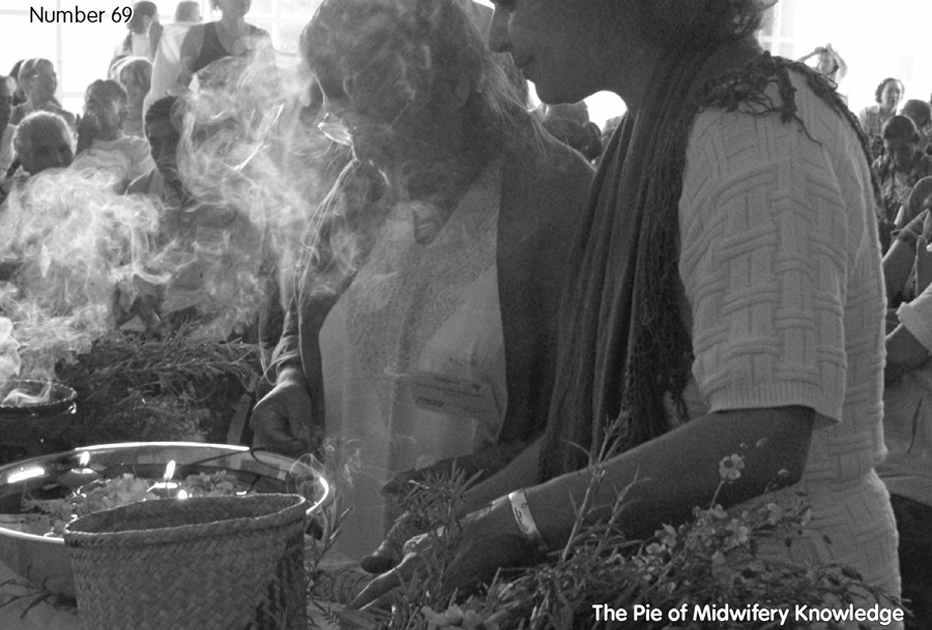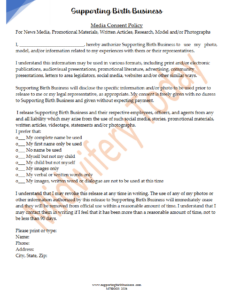
Postnatal transition from fetus to neonate is characterised by discontinuity. Inevitably the neonate must change environment from the dark, warm, wet, sheltered place in the womb to the colder, dry, bright, loud conditions of the world; the umbilical cord is severed. Separation and rupture are the watchwords. Read more…. Womb to World: A Metabolic Perspective

Photos provided by author
A CNM professor discovers the usefulness of the Foley Bulb when her own daughter wishes to birth vaginally after a cesarean.
This post is only available to members. To purchase an online membership, go
here.
If you are already an online member
login here.
Read more…. A Tale of Two Births: The Healing Power of VBAC

Anthropologist Robbie Davis-Floyd shares her experiences speaking about birth in Latin American countries, and identifies at least 21 ingredients necessary for creating a social movement that can effectively bring about birth change. Read more…. Changing Childbirth: The Latin American Example

There are many reasons people choose to give birth at home, and most have more to do with feelings than statistics. Read more…. Homebirth in the UK

Photo by Caroline Brown
As men took over birth, intuition, instinct and oral tradition were replaced. These skills are still important.
This post is only available to members. To purchase an online membership, go
here.
If you are already an online member
login here.
Read more…. Intuition, Women and Birth

Photo by Alex Pasarelu
We are a profession separate from OBs, paediatricians and physiotherapists; we should not allow others to be responsible for writing our protocols. Yes, where there is overlap, we could work as a team to create guidelines for the working area. But ultimately, we should be creating a framework that works for us.
This post is only available to members. To purchase an online membership, go
here.
If you are already an online member
login here.
Read more…. Protocols

Women get their ideas about what to expect from birth from the stories told by those who have gone before them. As more negative stories are told, more women expect and have traumatic births. The author discusses ways to change this.
This post is only available to members. To purchase an online membership, go
here.
If you are already an online member
login here.
Read more…. The Development of Birth Stories in an American Culture

Photo by Dlanor S
Sara Schley shares the remarkable birth of her premature but healthy twins. After nearly giving up, she avoided the knife and was able to deliver them naturally.
This post is only available to members. To purchase an online membership, go
here.
If you are already an online member
login here.
Read more…. The Anatomy of a Miracle

Photos provided by author
Eneyda Spradlin-Ramos in Costa Rica.
Over the past two years, I have had the privilege of giving talks in 10 Latin American countries: Mexico, Costa Rica, Ecuador, Venezuela, Peru, Brazil, Paraguay, Uruguay, Chile and Argentina.…
This post is only available to members. To purchase an online membership, go
here.
If you are already an online member
login here.
Read more…. Changing Childbirth: The Latin American Example

Midwifery Today Issue 69
Spring 2004 Theme: Midwifery Knowledge This photo (taken by Eneyda Spradlin Ramos at the 2003 Midwifery Today conference in Mexico) shows certified nurse midwife Marina Alzugaray (front) lighting a ceremonial candle with Mexican partera Doña Hermila Gonzalez, surrounded by aspiring, student and practicing midwives from diverse traditions from around the world. A wonderful example of… Read more…. Issue 69

Photo by Christian Bowen
Women have been programmed to give birth thanks to the release of a flow of hormones. The same hormones are involved in lactation. The strong connections between the birth process and the initiation of lactation make inevitable a series of questions about nursing the caesarean born.
This post is only available to members. To purchase an online membership, go
here.
If you are already an online member
login here.
Read more…. Nursing the Caesarean Born
































